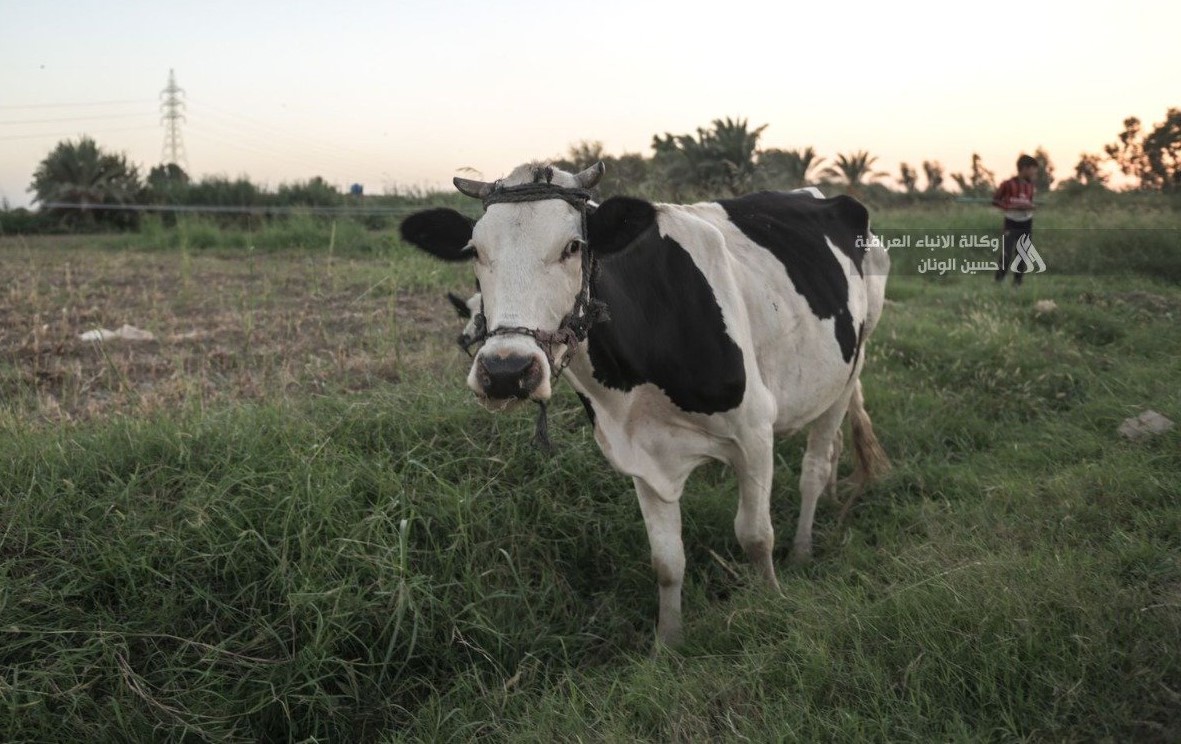Nineveh Agriculture Directorate announced the largest project in Iraq for raising and fattening calves in Mosul .
The Director of Nineveh Agriculture, Abdullah Saeed Hammo, said, “The livestock file in our directorate includes several sections, including raising sheep, calves, cows, goats and poultry, which in turn are divided into several sections in the production of broiler chickens and eggs, the production of mothers and hatcheries, where support and facilities are provided by the Nineveh Agriculture Directorate through the agricultural divisions that conduct an annual inventory of the numbers present in the governorate .”
He stressed that “Nineveh Agriculture Directorate has approximately more than 5 million heads of animals of various types, most of which include sheep, goats and cows. It also has a number of camels, horses and a small number of buffaloes .”
He explained that “Nineveh Agriculture Directorate provides great support to farmers or livestock breeders by providing them with fodder, as well as providing support to farmers last season with the yellow corn crop, noting that “Nineveh Agriculture Directorate has approximately seven hundred licensed and unlicensed fields throughout the province, in addition to launching a project to raise and fatten calves, which is considered the largest project in Iraq and covers the needs of the province as well as exporting it internally to the Iraqi provinces .”
Regarding the file of diseases that affect animals, Hammou said that “there are some epidemic or individual diseases that affect animals, as several conferences, seminars, and awareness and guidance workshops were held in all areas of Nineveh Governorate in this regard to educate farmers and spread the culture of diseases and methods of prevention and limiting them in the event of the spread of epidemics and diseases. There are almost daily surprise visits by the Guidance and Awareness Department to the locations of animals. The directorate has also carried out several campaigns to combat rodents and agricultural pests .”






